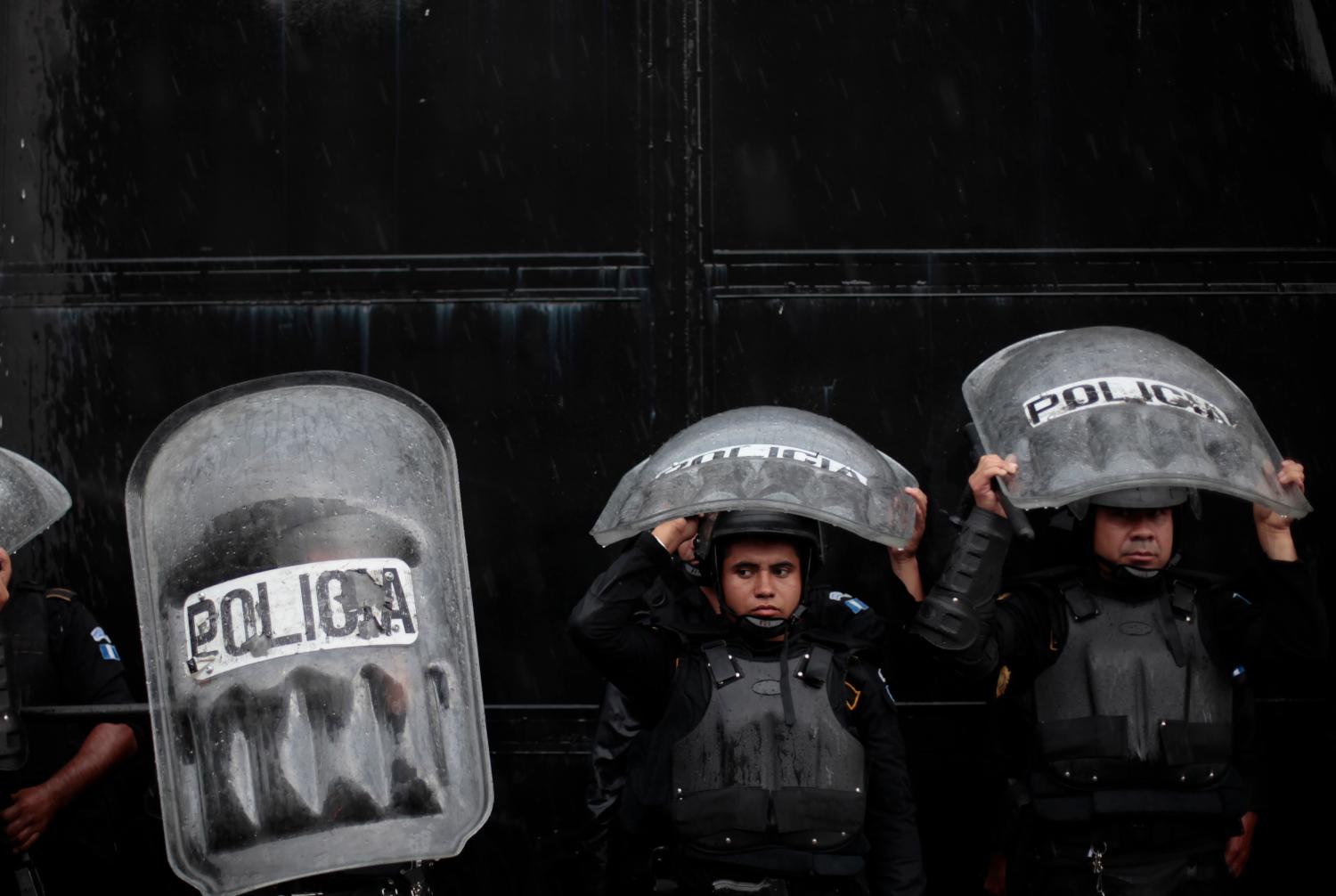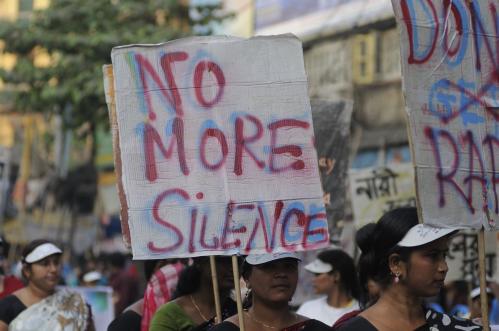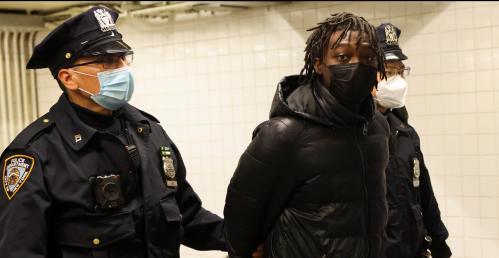EXECUTIVE SUMMARY
Juvenile delinquency is increasing in almost every
country in Latin America—a region where citizen
security is the main concern. Youth crime is
at the forefront of regional social challenges: Scholars,
activists and legislators are all debating both causes and
potential solutions to this problem.
This report tackles the causes of why an increasing
number of youths in the region are engaging in criminal
activities, by presenting evidence that this phenomenon
could be driven by a change in the incentives
to commit crime, rather than created as a result
of a generation of youths who differ inherently from
its predecessors. In order to do so, this report develops
a new dynamic framework with which to analyze
juvenile crime as a rational choice in which forwardlooking
youths decide between legal and criminal
activities, and their skills are shaped by their past
and present choices. In order to quantify the consequences
of each decision, this analysis recognizes the
effects of on-the-job training, on-the-crime training,
the school of crime in correctional facilities and the
social stigmatization of conviction.
The report extracts lessons from the case of Uruguay,
where substantial changes in juvenile crime incentives
come hand in hand with an exponential growth in juvenile
offending rates that have tripled over the last 15 years.
According to the framework presented in this report,
four factors can explain most of the spike in juvenile
crime in Uruguay. First, an anemic recovery of wages
relative to total income after the severe 2002 economic
crisis—which lowered the return to legal activities
relative to the financial rewards from crime—accounts
for 35 percent of the observed variation. Second, the
more lenient juvenile crime law passed in 2004—
which substantially reduced the expected punishment
of youth offenders—explains another 30 percent of
the increase. Third, the dramatic increase in the escape
rate from juvenile correctional facilities—which further
lowers expected punishment—accounts for 10
percent of the increase in juvenile crime. Finally, the
outbreak of a paste cocaine epidemic—which reduces
a youth’s capacity to project the future—accounts for
another 10 percent of the observed increase in juvenile
crime between 1997 and 2010. In other words,
a rational framework of behavior is able to explain the
threefold increase in juvenile crime in Uruguay as the
costs associated with criminal activity substantially
decreased, and the gains from crime outgrew the rewards
from legal activities.
Increasing the severity of juvenile sentences, increasing the probability of effective apprehension and prosecution, or reducing the probability of escape from correctional facilities are all also effective measures in dealing with the increasing juvenile offending rates in Latin America.
The report provides a model-based tool—complementary
to the randomized control trial approach prominent
in the literature—to quantify the potential effects
of alternative measures that address juvenile crime,
which account for relevant issues of inter-temporal
choice. In fact, dynamic effects are crucial in disentangling
the final result that policies such as lowering the
age of criminal responsibility or increasing the level of
punishment within the juvenile system could have on
the incentives for criminal involvement.
According to the results presented in this report, the
most effective way of reducing juvenile delinquency is
to significantly improve the quality of education, especially
in very unfavorable socio-economic contexts.
Better education increases the return to legal activities
and enhances labor market inclusion, pushing youths to
choose work or further education over crime. However,
a massive improvement in the quality of education is a
long-term investment and effort.
Increasing the severity of juvenile sentences, increasing
the probability of effective apprehension and
prosecution, or reducing the probability of escape
from correctional facilities are all also effective measures in dealing with the increasing juvenile offending rates in Latin America.
Along these lines, several countries are considering imposing the heavy hand of the adult criminal justice system on violent juvenile offenders by reducing the age of criminal responsibility. The results presented in this report suggest that reducing the age of criminal responsibility is not an efficient way—in terms of a cost-benefit analysis—to deal with youth delinquency. The same predicted reduction in juvenile crime could be obtained after a much smaller increase in the sentence length within the juvenile system (relative to the one implicit in the reduction of the age of criminal responsibility) that avoids the school-of-crime effect (when inmates learn criminal skills in adult detention centers). Moreover, the acceleration in the transmission of crime-related skills and the interruption in the accumulation of work-related skills observed in adult correctional facilities generate incentives for future criminal involvement and therefore increase the likelihood of recidivism.



